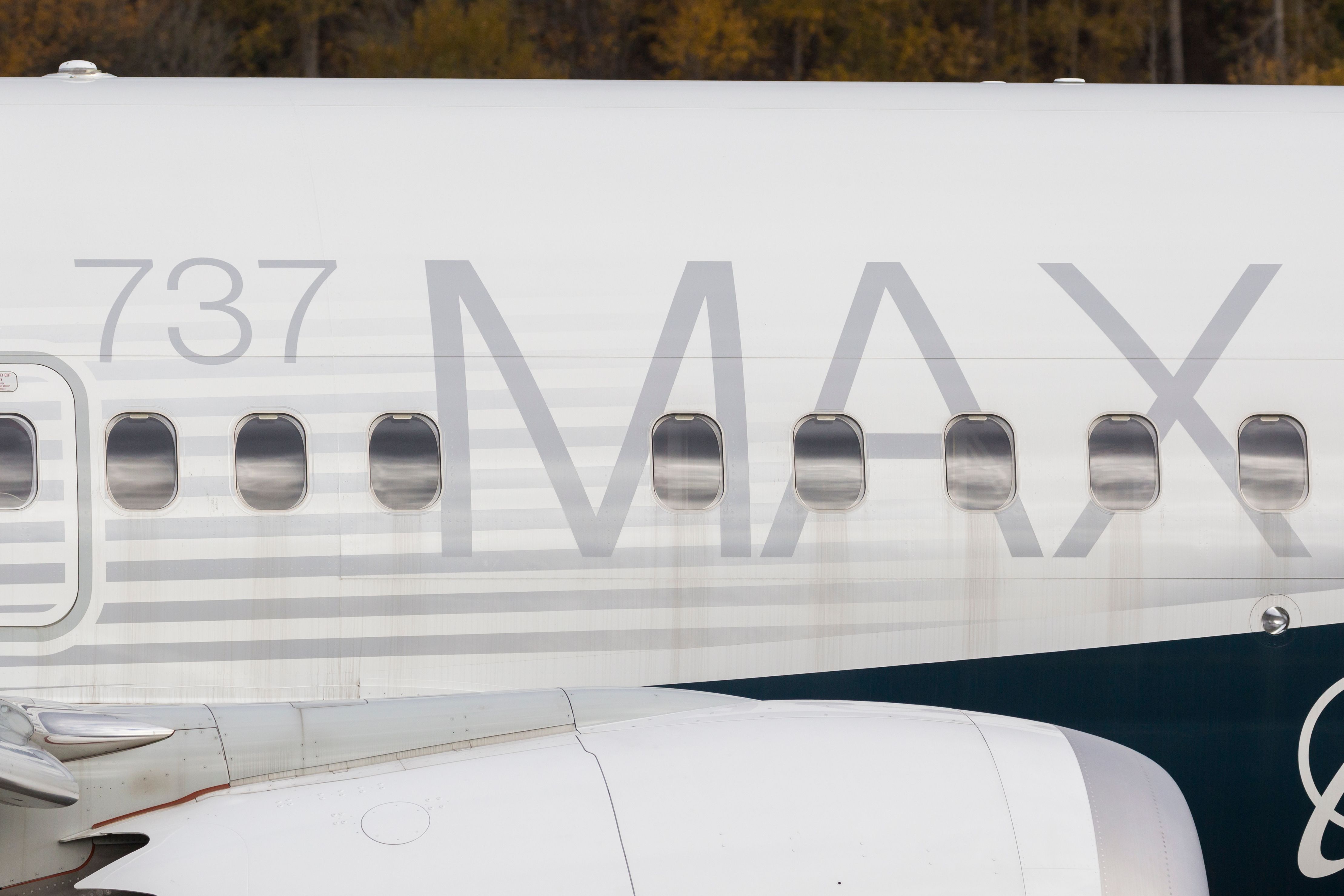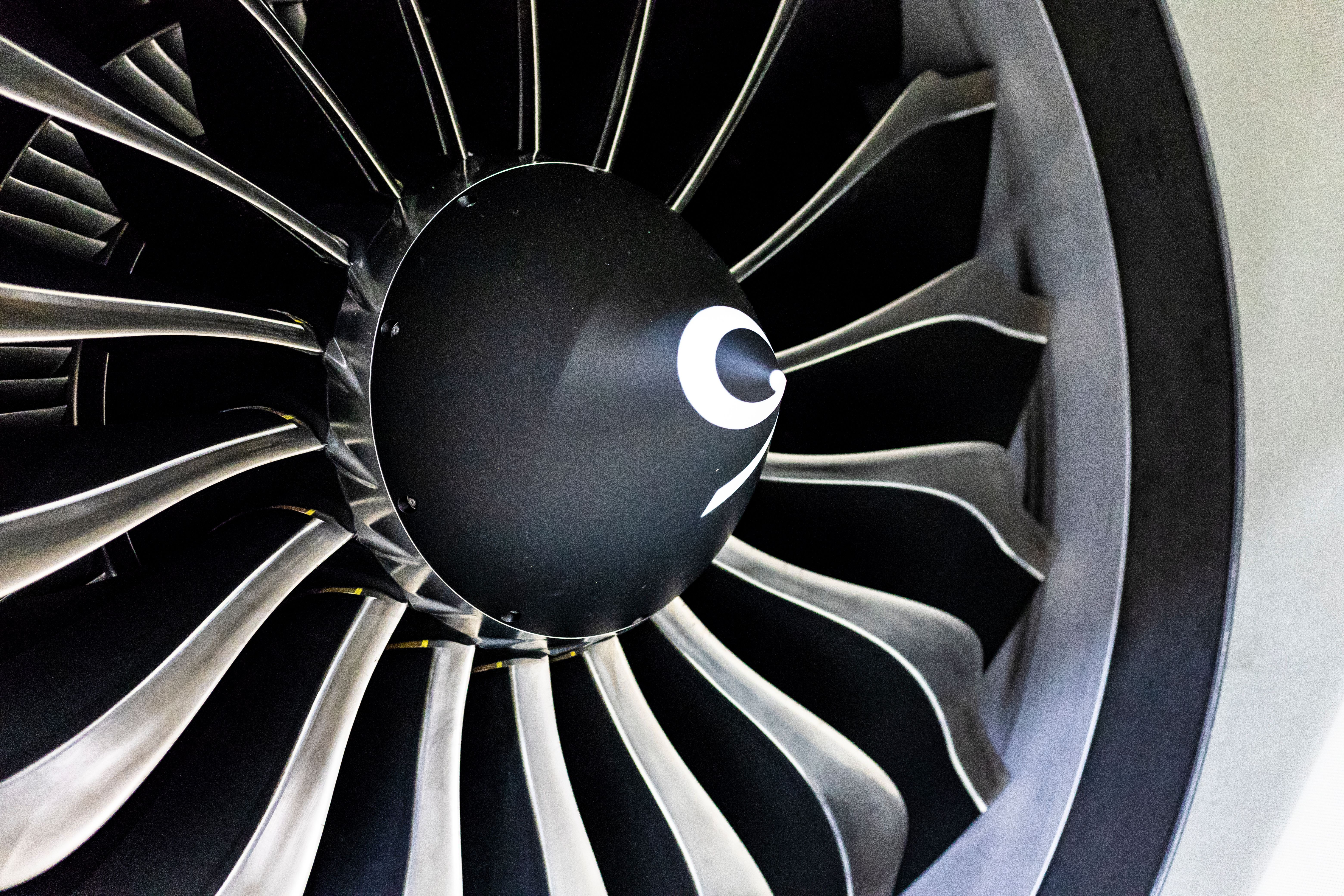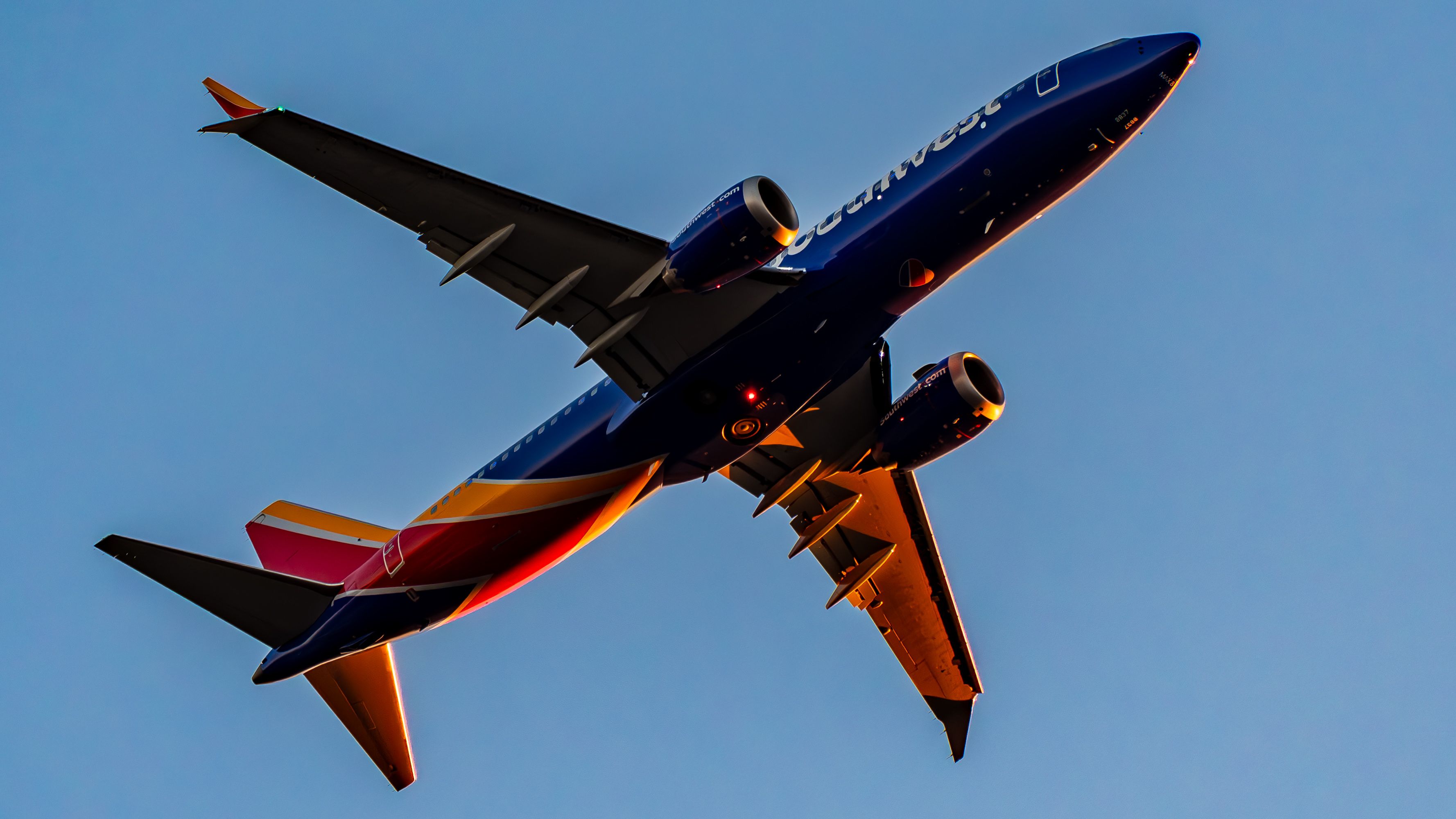FAA Says No Immediate Fix Needed For Boeing 737 MAX Engine Smoke In Cabin After Bird Strike Incidents
The Federal Aviation Administration ( FAA) has decided against mandating changes to the software for the Boeing 737 MAX’s engine, the CFM International LEAP-1B, following internal discussions over two bird strike incidents involving Southwest Airlines 737 MAX 8s.
No rulemaking action
In a statement to Simple Flying on November 27, the FAA said that it held a corrective action review board (CARB) meeting on November 26. At the meeting, the regulator discussed two bird strike events involving the 737 MAX , which is exclusively powered by the CFM International LEAP-1Bs, that resulted in smoke entering the aircraft’s cabin. The Seattle Times was the first publication to report on the development.
“The CARB’s work included evaluating several internal FAA safety recommendations. Based on the available data, the CARB determined the issue does not warrant immediate action and the FAA will follow its standard rulemaking process to address it.”
Photo: BlueBarronPhoto | Shutterstock
However, the FAA will issue a continued airworthiness notification to the international community (CANIC) about the new information that ![]() Boeing has provided to operators of 737 MAX aircraft.
Boeing has provided to operators of 737 MAX aircraft.
“The new information contains enhanced instructions that direct flight crews more quickly to the appropriate actions when they experience abnormal engine indications.”
Still, the FAA will continue to assess how these events could affect other engines with similar structural designs, possibly alluding to the regulator taking a closer look at the LEAP-1A, which powers the Airbus A320neo aircraft family.
The other option for the European plane maker’s narrowbody jet family is the Pratt & Whitney PW1100G, also known as the Geared Turbofan (GTF).
On November 21, the FAA issued a public statement that it was addressing an issue with the LEAP-1B. The regulator said that it would convene a CARB meeting “in the coming weeks” to study the data.
“The FAA determined this is not an immediate flight-safety issue.”
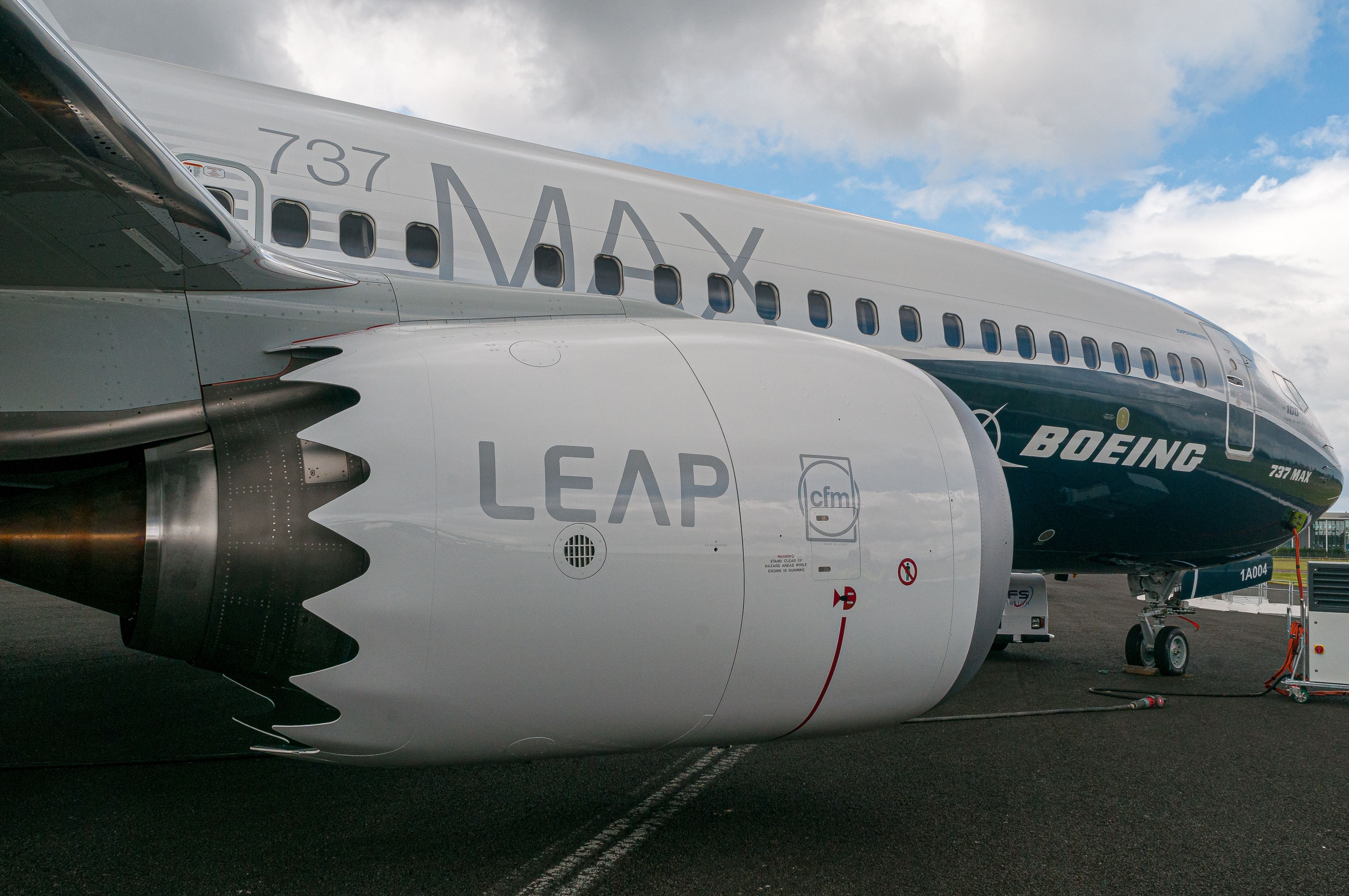
Related
FAA To Review Boeing 737 MAX Engines After Southwest Airlines Bird Strike Incidents
The FAA will work with Boeing, CFM International, and EASA on further steps.
Software changes
In a previous statement to Simple Flying, a CFM International spokesperson clarified that the FAA’s Office of Accident Investigation and Prevention recommended software changes to the engine’s bleed air system’s response to a bird strike.
The office’s recommendation read that the required design change would detect the immediate impulse of a bird strike or fan blade loss event and automatically close the affected engine’s Pressure Regulated Shutoff Valves (PRSOV) or trip the associated air conditioning pack.
The issue was centered on the load reduction device (LRD) inside the LEAP-1B. In two separate bird strike events in 2023, both involving  Southwest Airlines 737 MAX 8 aircraft, smoke quickly filled the aircraft, forcing the pilots to initiate a turnback to their origin airport.
Southwest Airlines 737 MAX 8 aircraft, smoke quickly filled the aircraft, forcing the pilots to initiate a turnback to their origin airport.
During both events, the activation of the LRD resulted in oil being ingested into the air conditioning system, which was why the cabin was filled with smoke so quickly.
CFM International has emphasized that LRDs have been widely used in the industry for more than 20 years, operating as designed since their introduction.
However, during both bird strike events, the birds that were ingested by the engines were much larger in size and weight than the regulatory certification standards. CFM International highlighted that in both events, the engines had performed as designed despite those circumstances.
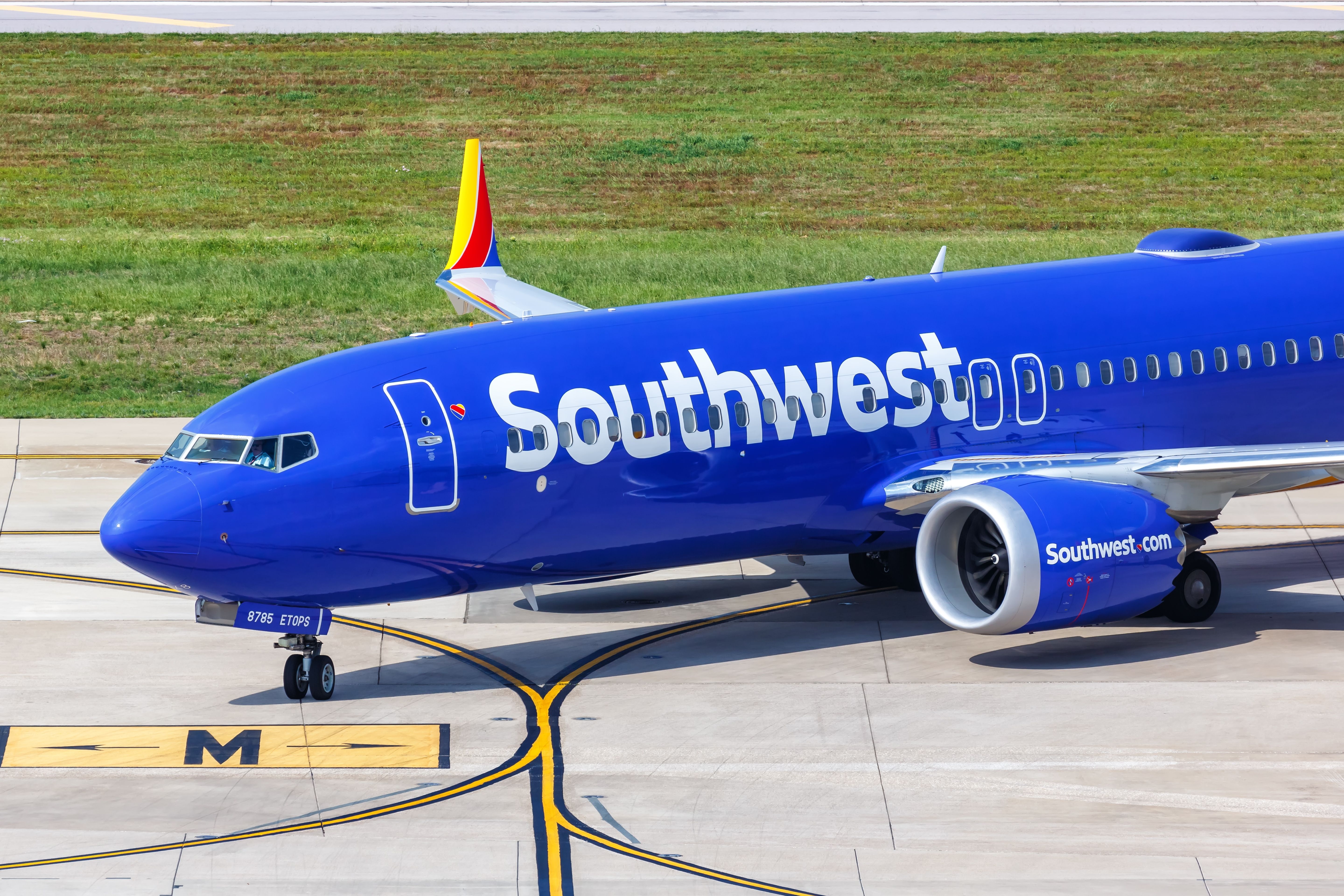
Related
FAA Recommends Boeing 737 MAX Engine Design Changes & Modified Takeoff Procedures
A bird strike could result in a catastrophic event in which smoke and fumes flood the cockpit.
NTSB investigation
Nevertheless, the National Transportation Safety Board ( NTSB) issued a statement on November 22, informing the public that it has opened an investigation into one of the incidents.
Photo: Joe Kunzler | Simple Flying
The NTSB will closely examine a left-engine bird strike and subsequent smoke event on a Southwest Airlines 737 MAX 8, registered as N8830Q, operating flight WN554 from Louis Armstrong New Orleans International Airport (MSY) to Tampa International Airport (TPA) in December 2023.
The other bird strike incident happened in March 2023, involving the airframe registered as N8792Q, which operated flight WN3923 from Havana José Martí International Airport (HAV). In both cases, the two 737 MAX 8s returned to their origin airports without further incident.

Related
Southwest Airlines Boeing 737 MAX 8 Returns To New Orleans Following Bird Strike
There were 164 people onboard the Boeing 737 MAX 8 at the time of the incident, which took place on December 20th.



